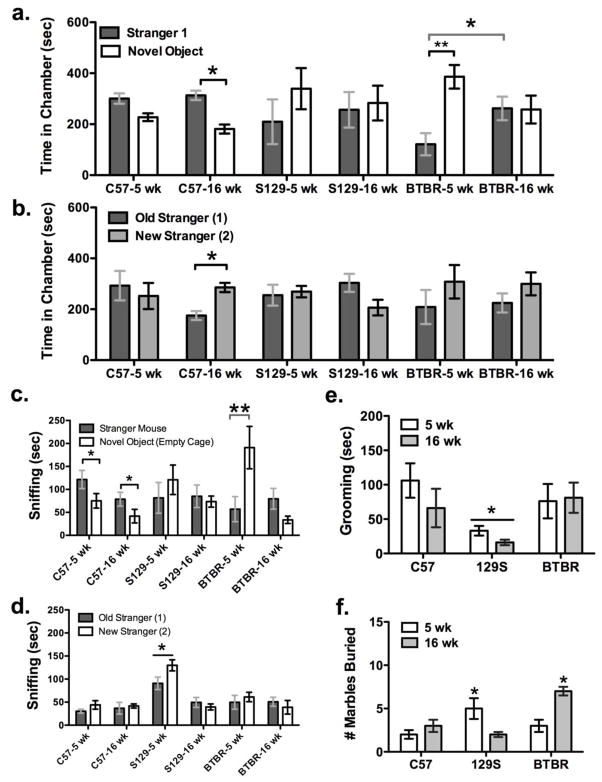Figure 2. Behavior of adolescent and adult BTBR mice in sociability and repetitive tests.
(a) A significant preference for social interaction was only found in C57 adults (*p < 0.05). Adolescent BTBR mice spent more time in chambers with novel objects than with stranger mice in the social interaction test (**p < 0.001), in contrast to adults (*p < 0.01). (b) Only adult C57 mice spent significantly more time in chambers with new strangers than with the ‘old’ original ones (*p<0.05). (c) Both C57 adolescent and adult mice spent more time sniffing stranger mice than novel objects (*p<0.05), however BTBR adolescents spent significantly more time sniffing novel objects than all other mice (**p<0.001). (d) Time spent sniffing new and old stranger mice during the social novelty test was greatest in 129S adolescents (*p <0.05). (e) Self-grooming among C57 and BTBR mice was comparable, but was lower in 129S mice during sociability testing (*p < 0.05). (f) BTBR adults and 129S adolescents buried more marbles over 30 min after sociability testing than C57BL/6 mice (*p < 0.05).

